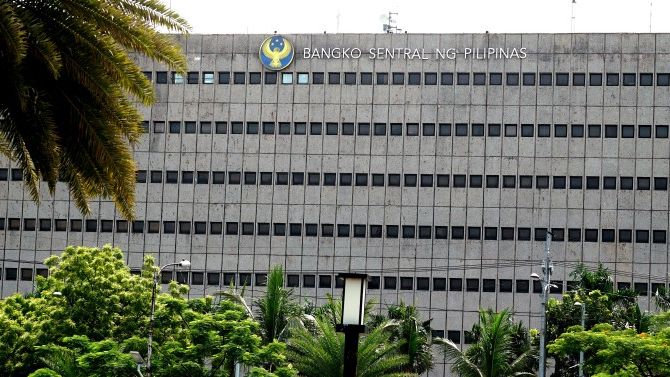BSP: Debt stock still ‘manageable’
The Philippines’ total outstanding external debt climbed to a new record of $148.87 billion as of end-June 2025, up 14.4 percent from $130.18 billion in the corresponding period last year as driven by the government’s global bond sales and domestic banks’ foreign borrowings, the latest central bank data showed.
The Bangko Sentral ng Pilipinas (BSP) said late Friday that metrics still show “that the external debt stock remained sustainable,” as well as “manageable.”
The end-June level of external debt was equivalent to 31.2 percent of the country’s gross domestic product (GDP), higher than 29 percent a year earlier.
The BSP said the year-on-year 14.4 percent increase stemmed from the government’s bond issues, amounting to $5.83 billion, and local banks’ external loans worth $3.44 billion.
The country’s debt stock of $148.87 billion was higher by a moderate 1.5 percent than the end-March level of $146.68 billion, mainly because of a weaker US dollar.
“The increase in external debt for Q2 2025 was primarily due to valuation effects from the depreciation of the US dollar. This increased the US dollar-equivalent of borrowings denominated in other currencies by $1.49 billion,” the BSP said.
Also contributing to the debt increase was the $660.96 million net acquisition of Philippine debt securities and net repayments of $315.67 million.
The central bank said the country’s short-term external debt based on the remaining maturity concept or STRM amounted to $28.63 billion as of end-June.
The BSP explained that this level is “well-covered” by gross international reserves (GIR) at $106 billion, which provided 3.7 times cover for short-term obligations.
“The country’s GIR-to-STRM (Short-Term External Debt) debt ratio remains at par with emerging economy peers,” it said. The STRM debt consists of loans with original maturities of one year or less, plus amortizations on medium- and long-term accounts falling due within the next 12 months.
The debt service ratio, meanwhile, improved to 8.7 percent as of end-June from 9.8 percent a year earlier, given lower principal and interest payments.
The debt service ratio is another debt sustainability indicator that shows the country’s capacity to pay its foreign debt. “This allows more resources to be allocated toward economic growth and improves the country’s FX (foreign exchange) buffers against external shocks,” the BSP said.





